-
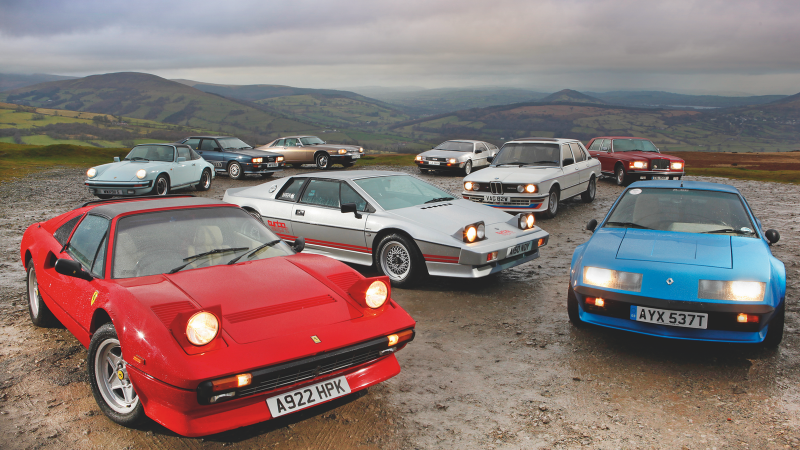 © Tony Baker/James Mann/Classic & Sports Car
© Tony Baker/James Mann/Classic & Sports Car -
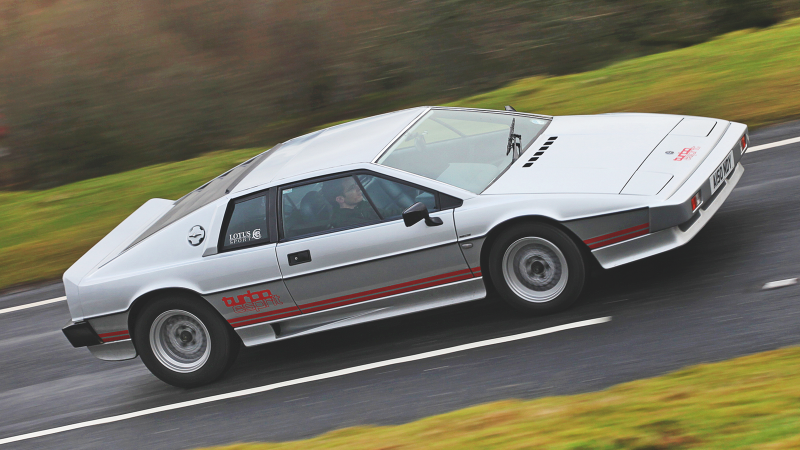 © Tony Baker/James Mann/Classic & Sports Car
© Tony Baker/James Mann/Classic & Sports Car -
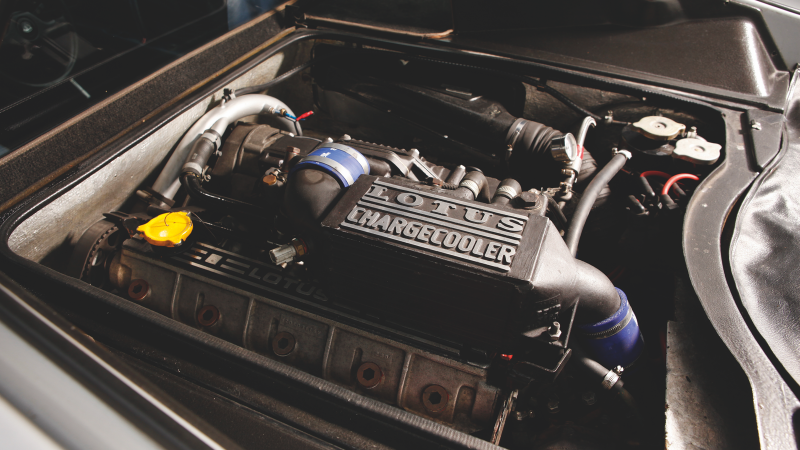 © Tony Baker/James Mann/Classic & Sports Car
© Tony Baker/James Mann/Classic & Sports Car -
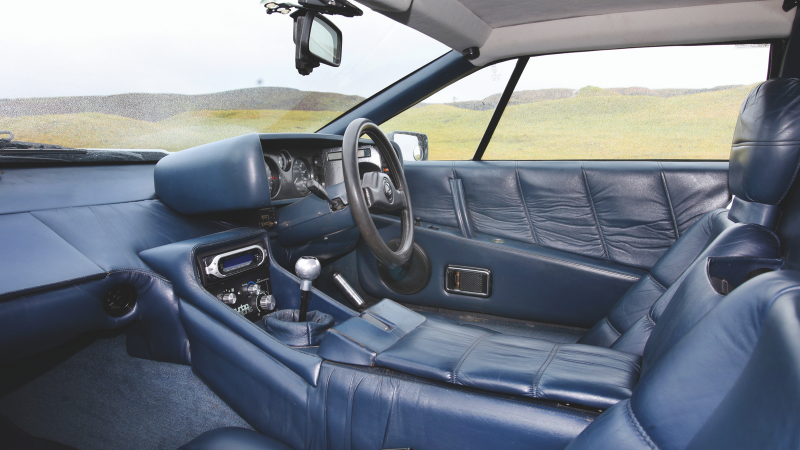 © Tony Baker/James Mann/Classic & Sports Car
© Tony Baker/James Mann/Classic & Sports Car -
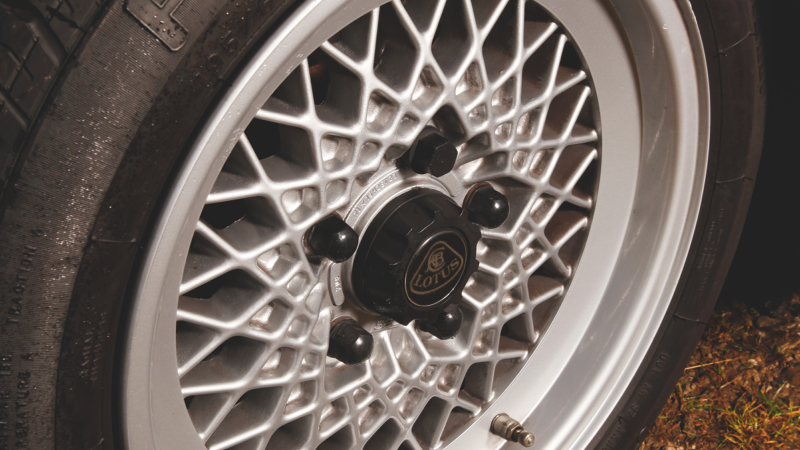 © Tony Baker/James Mann/Classic & Sports Car
© Tony Baker/James Mann/Classic & Sports Car -
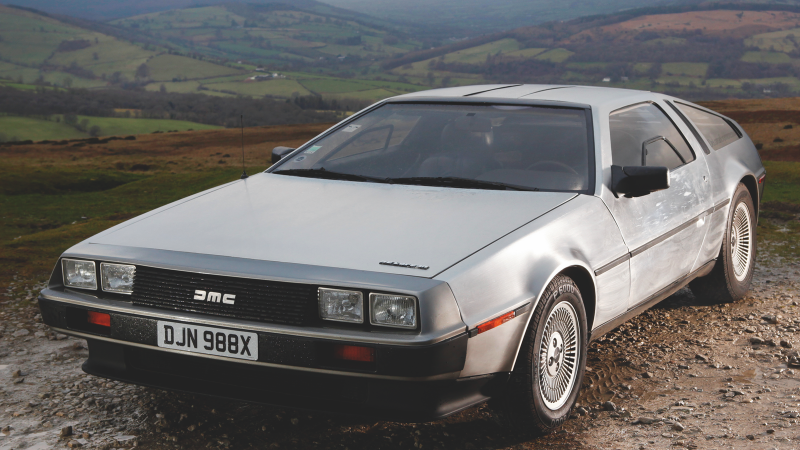 © Tony Baker/James Mann/Classic & Sports Car
© Tony Baker/James Mann/Classic & Sports Car -
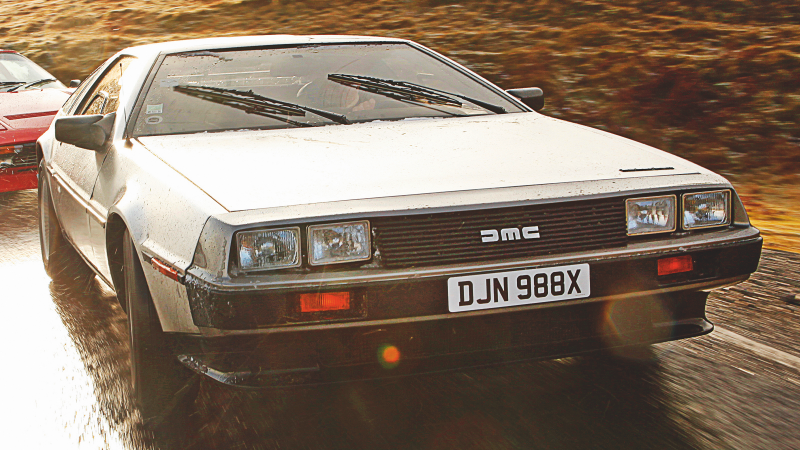 © Tony Baker/James Mann/Classic & Sports Car
© Tony Baker/James Mann/Classic & Sports Car -
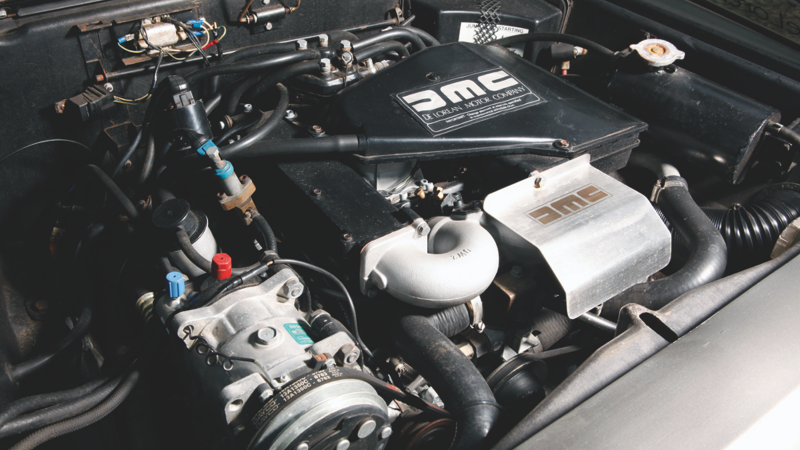 © Tony Baker/James Mann/Classic & Sports Car
© Tony Baker/James Mann/Classic & Sports Car -
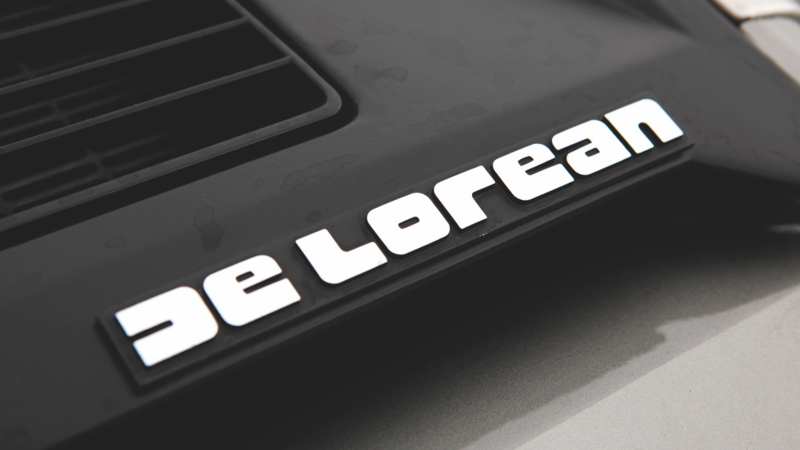 © Tony Baker/James Mann/Classic & Sports Car
© Tony Baker/James Mann/Classic & Sports Car -
 © Tony Baker/James Mann/Classic & Sports Car
© Tony Baker/James Mann/Classic & Sports Car -
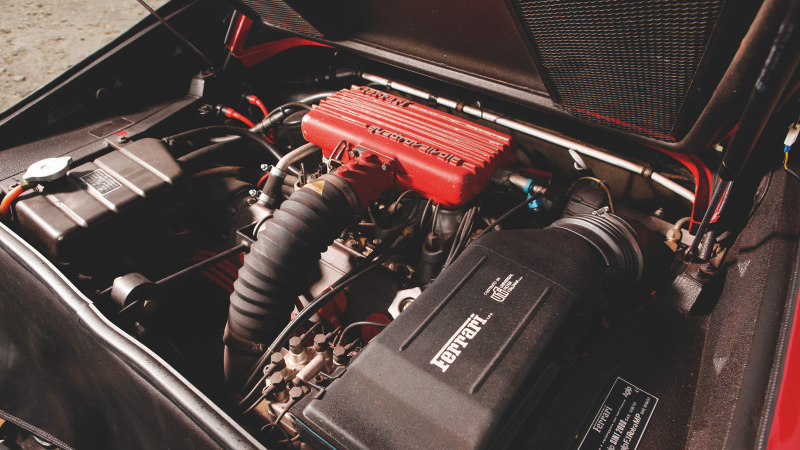 © Tony Baker/James Mann/Classic & Sports Car
© Tony Baker/James Mann/Classic & Sports Car -
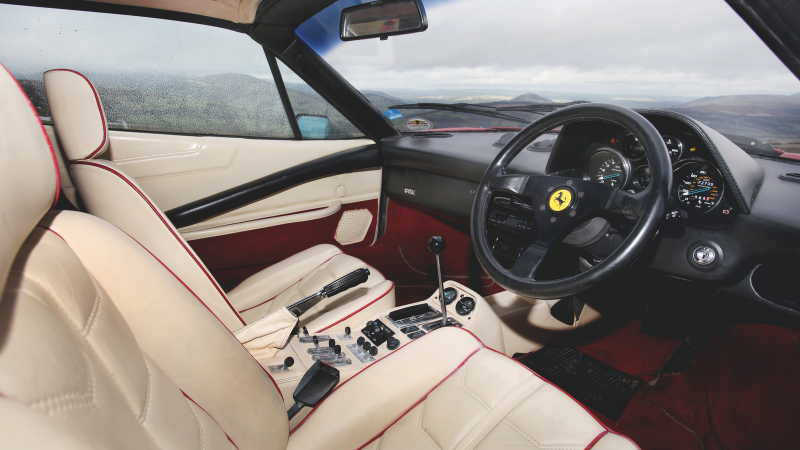 © Tony Baker/James Mann/Classic & Sports Car
© Tony Baker/James Mann/Classic & Sports Car -
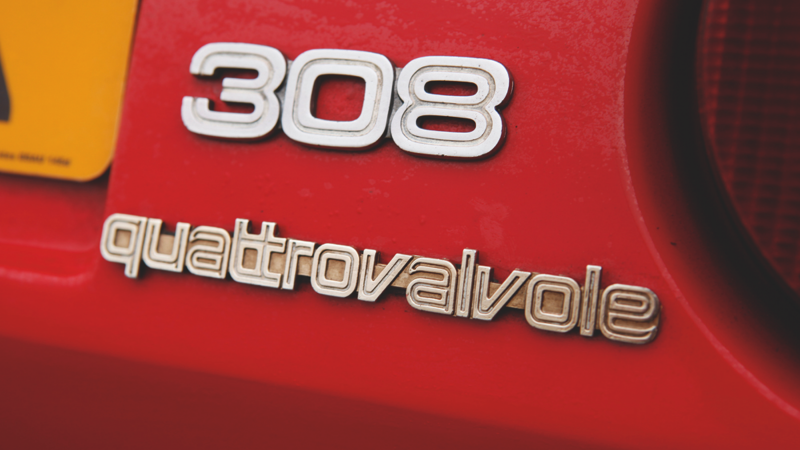 © Tony Baker/James Mann/Classic & Sports Car
© Tony Baker/James Mann/Classic & Sports Car -
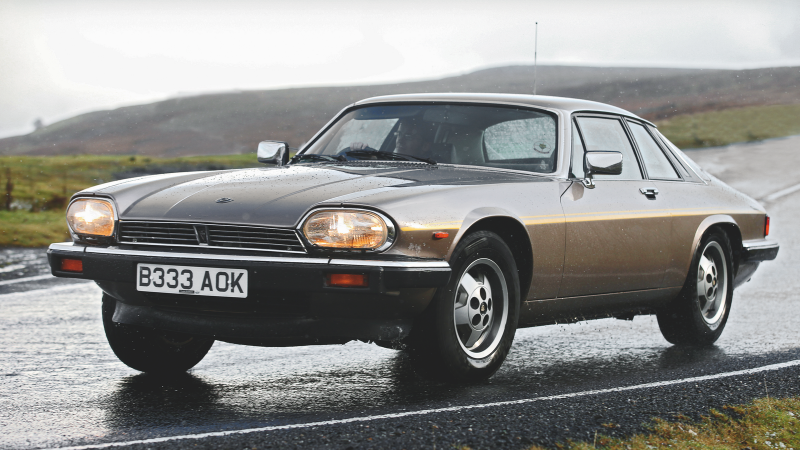 © Tony Baker/James Mann/Classic & Sports Car
© Tony Baker/James Mann/Classic & Sports Car -
 © Tony Baker/James Mann/Classic & Sports Car
© Tony Baker/James Mann/Classic & Sports Car -
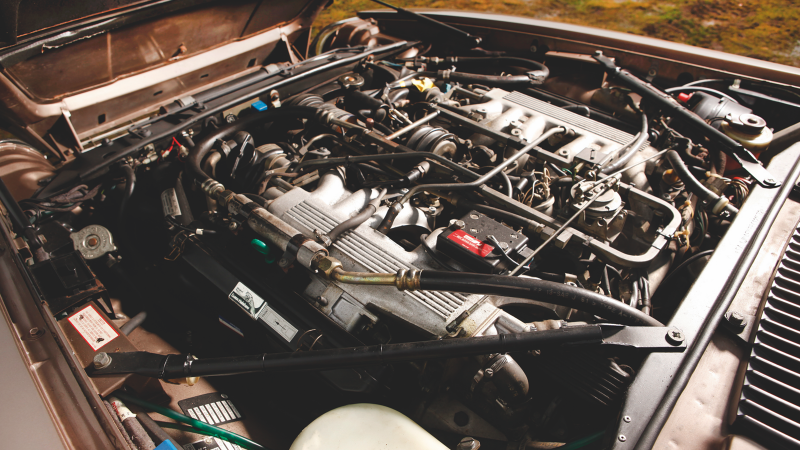 © Tony Baker/James Mann/Classic & Sports Car
© Tony Baker/James Mann/Classic & Sports Car -
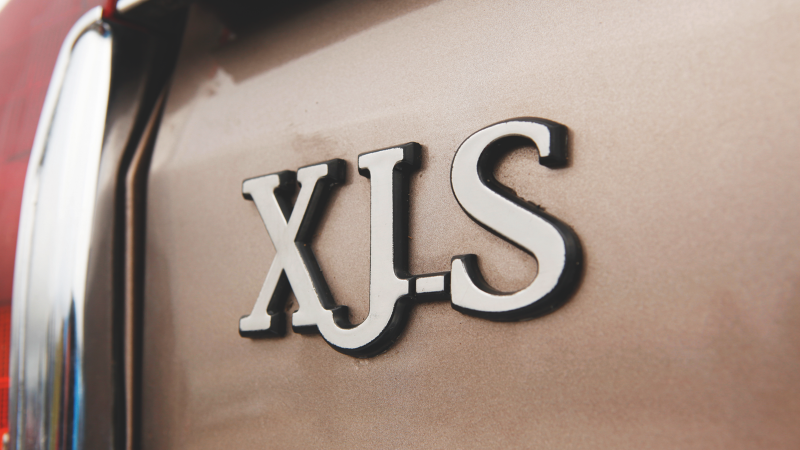 © Tony Baker/James Mann/Classic & Sports Car
© Tony Baker/James Mann/Classic & Sports Car -
 © Tony Baker/James Mann/Classic & Sports Car
© Tony Baker/James Mann/Classic & Sports Car -
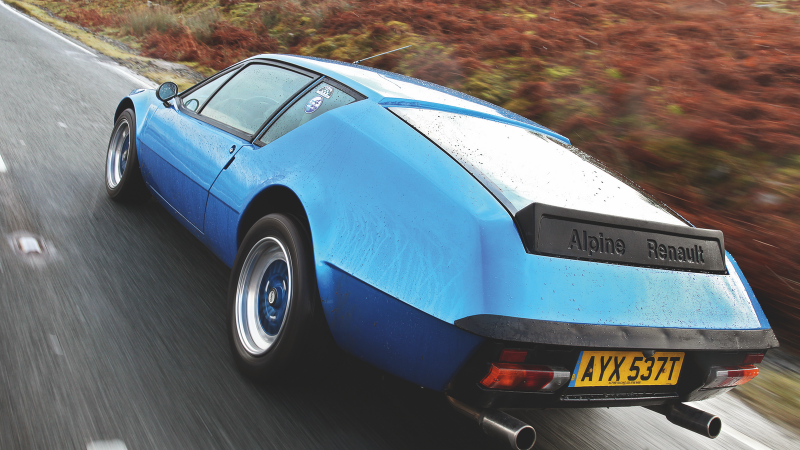 © Tony Baker/James Mann/Classic & Sports Car
© Tony Baker/James Mann/Classic & Sports Car -
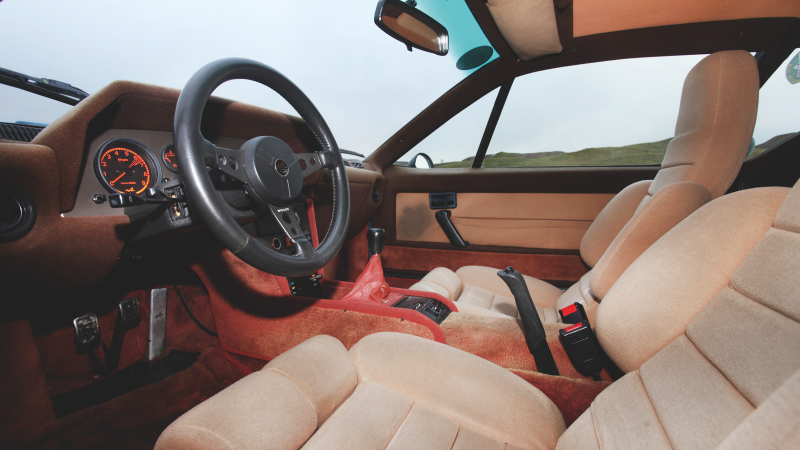 © Tony Baker/James Mann/Classic & Sports Car
© Tony Baker/James Mann/Classic & Sports Car -
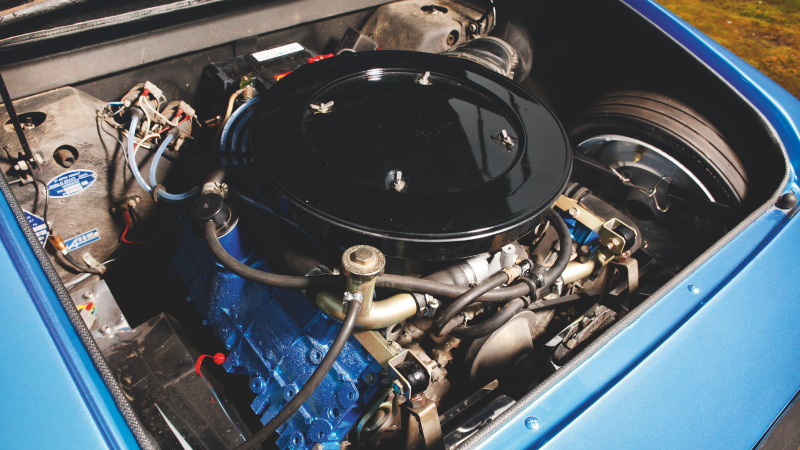 © Tony Baker/James Mann/Classic & Sports Car
© Tony Baker/James Mann/Classic & Sports Car -
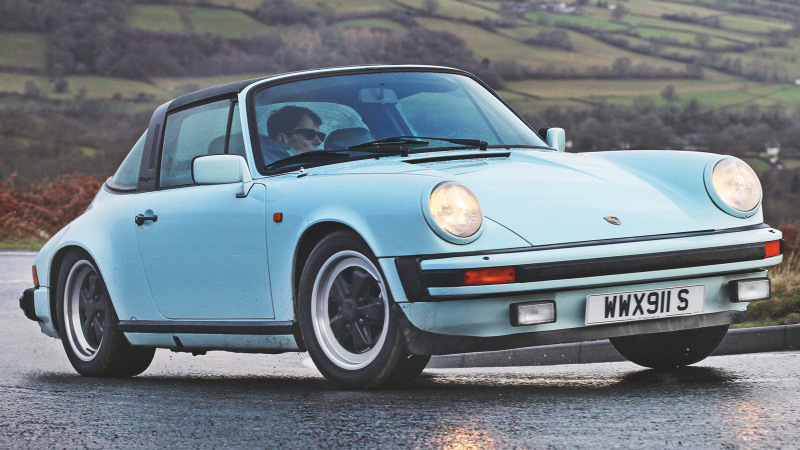 © Tony Baker/James Mann/Classic & Sports Car
© Tony Baker/James Mann/Classic & Sports Car -
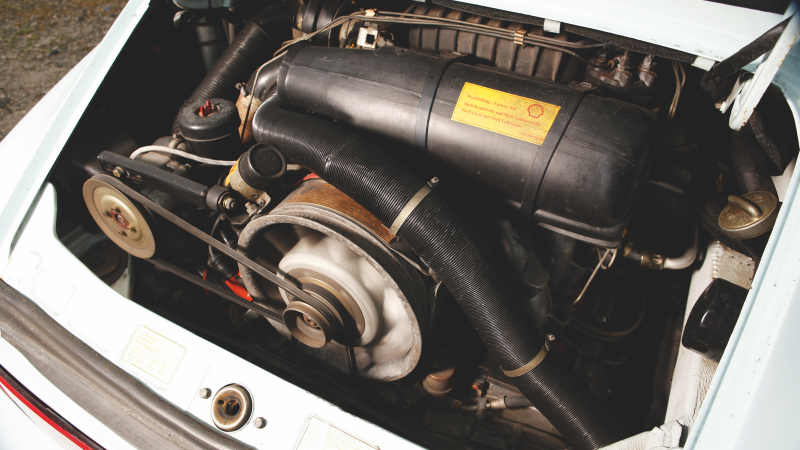 © Tony Baker/James Mann/Classic & Sports Car
© Tony Baker/James Mann/Classic & Sports Car -
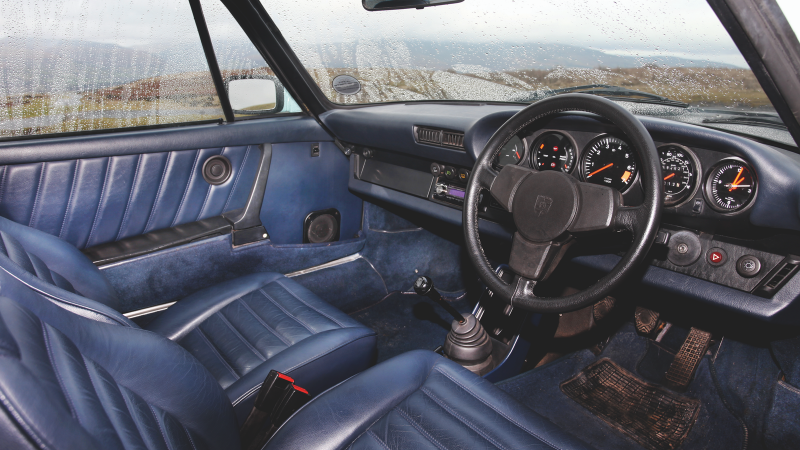 © Tony Baker/James Mann/Classic & Sports Car
© Tony Baker/James Mann/Classic & Sports Car -
 © Tony Baker/James Mann/Classic & Sports Car
© Tony Baker/James Mann/Classic & Sports Car -
 © Tony Baker/James Mann/Classic & Sports Car
© Tony Baker/James Mann/Classic & Sports Car -
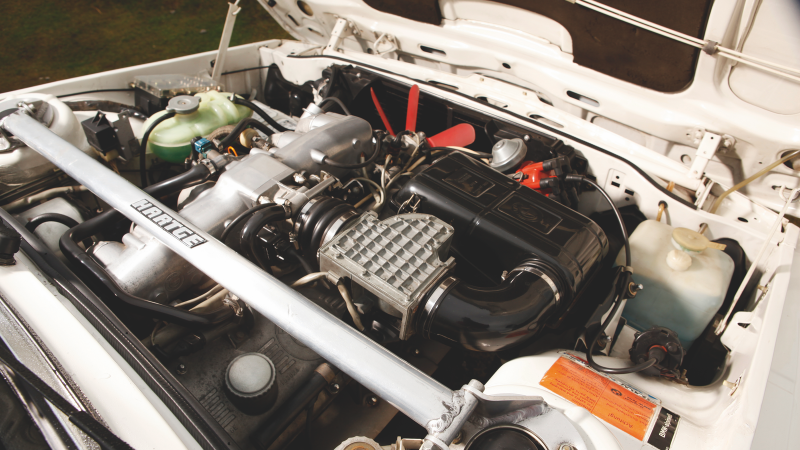 © Tony Baker/James Mann/Classic & Sports Car
© Tony Baker/James Mann/Classic & Sports Car -
 © Tony Baker/James Mann/Classic & Sports Car
© Tony Baker/James Mann/Classic & Sports Car -
 © Tony Baker/James Mann/Classic & Sports Car
© Tony Baker/James Mann/Classic & Sports Car -
 © Tony Baker/James Mann/Classic & Sports Car
© Tony Baker/James Mann/Classic & Sports Car -
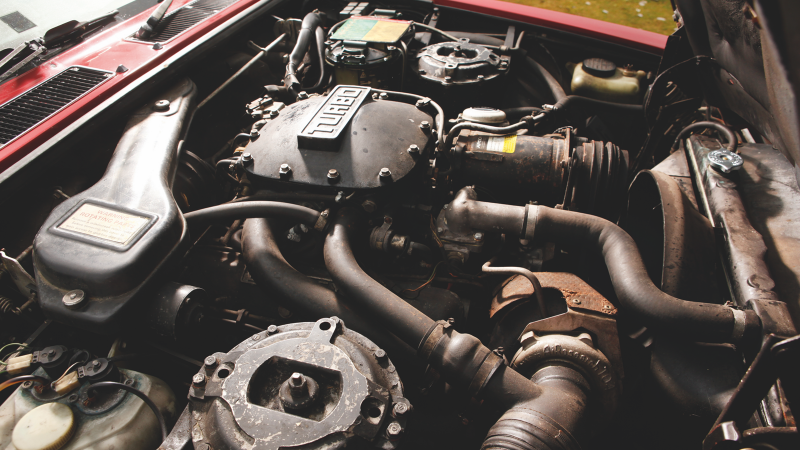 © Tony Baker/James Mann/Classic & Sports Car
© Tony Baker/James Mann/Classic & Sports Car -
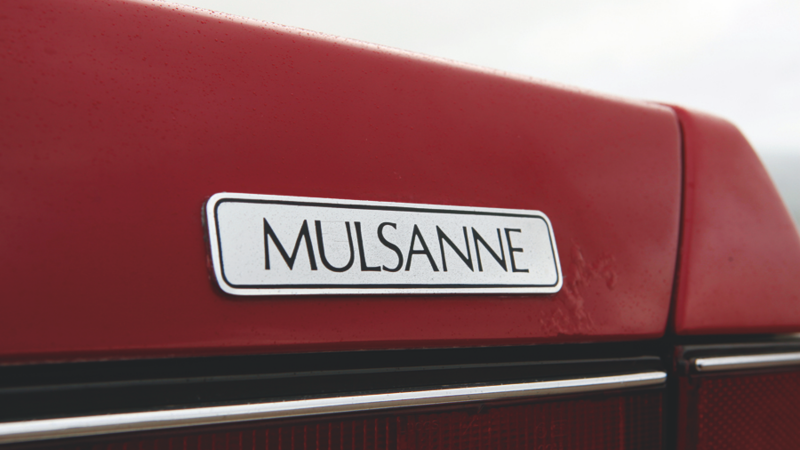 © Tony Baker/James Mann/Classic & Sports Car
© Tony Baker/James Mann/Classic & Sports Car -
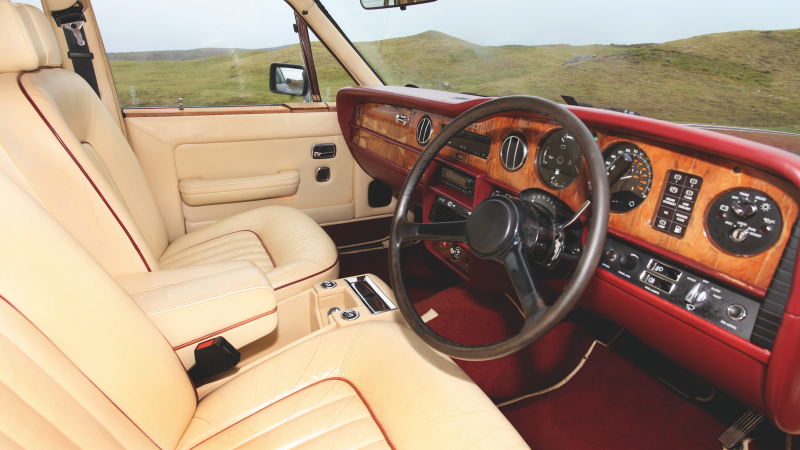 © Tony Baker/James Mann/Classic & Sports Car
© Tony Baker/James Mann/Classic & Sports Car -
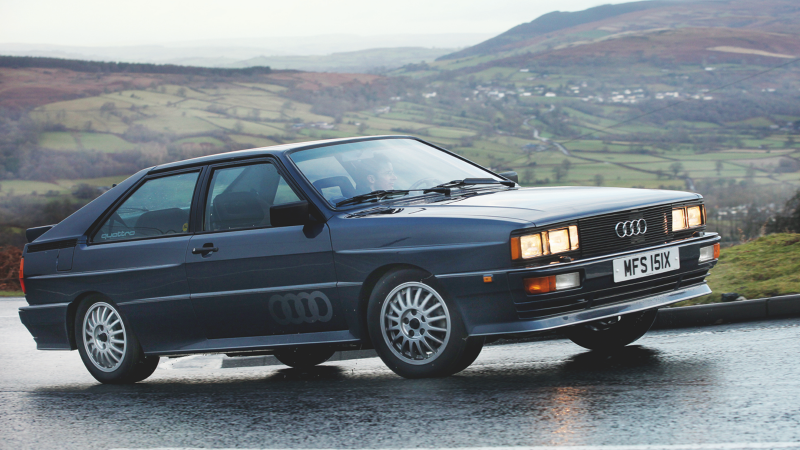 © Tony Baker/James Mann/Classic & Sports Car
© Tony Baker/James Mann/Classic & Sports Car -
 © Tony Baker/James Mann/Classic & Sports Car
© Tony Baker/James Mann/Classic & Sports Car -
 © Tony Baker/James Mann/Classic & Sports Car
© Tony Baker/James Mann/Classic & Sports Car -
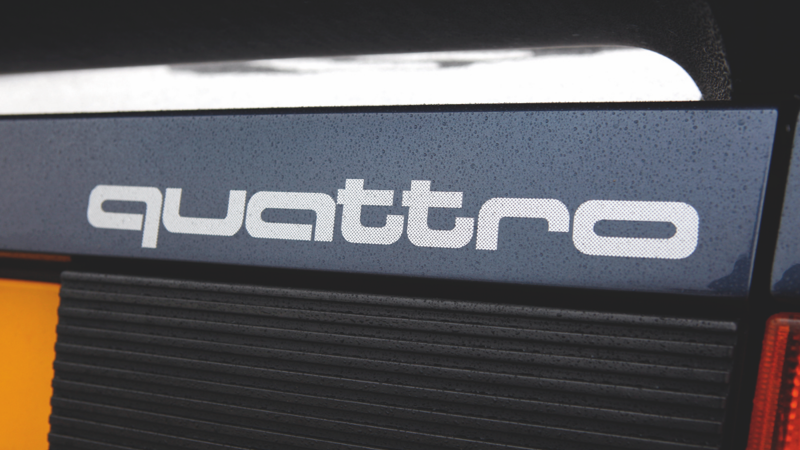 © Tony Baker/James Mann/Classic & Sports Car
© Tony Baker/James Mann/Classic & Sports Car -
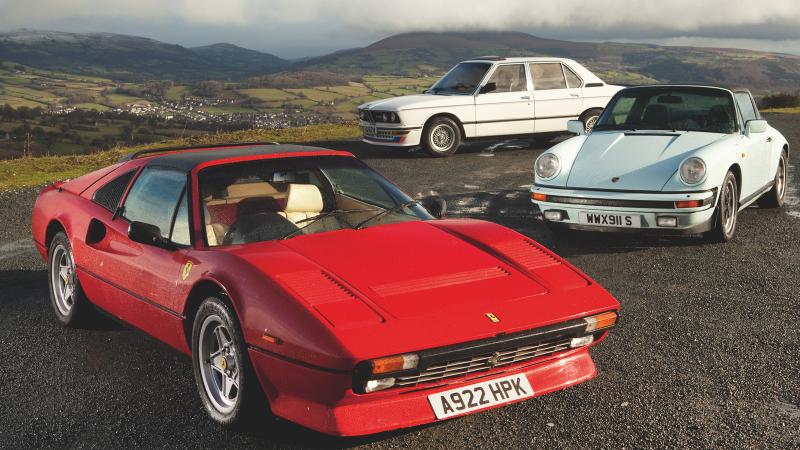 © Tony Baker/James Mann/Classic & Sports Car
© Tony Baker/James Mann/Classic & Sports Car
-
Nine of the best performance cars from 1982
The ’80s is remembered for many things: shoulder pads; Duran Duran; The Goonies. Rarely, though, is the decade recalled for its cars.
From the Rover 800 to the Ford Sierra to the Austin Metro: if they weren’t miserable, ’80s cars were certainly forgettable.
Well, most of them. See, among the average runners and bland machines of the years that gave us Thriller, the Rubik’s Cube and the World Wide Web, there are some veritable gems of motoring excellence.
Hand-picked by the staff of Classic & Sports Car, here are nine ’80s greats we still love today.
-
Lotus Esprit Turbo
The Esprit Turbo stuck resolutely to the mid-engine mould of the early-’80s.
The angular wedge design (penned by Giugiaro) was crisp and purposeful, complete with requisite flip-up headlamps, and still turns heads today. The handling, meanwhile, was supreme and forced induction ensured straight-line performance in spades.
-
Lotus Esprit Turbo (cont.)
Sure, it might have lacked the glamour of a Ferrari or the reliability of an Audi, but it was clearly signposted as a vehicle with supercar credentials – even if the burble of the 2.2-litre engine and hiss of the turbo wastegate were more rally spec than cool coupé.
-
Lotus Esprit Turbo (cont.)
Besides being amazingly smooth in its thrusting power delivery – with a surprising absence of turbo lag – the Esprit offered prodigious grip, communicative manual steering and a total lack of drama in the way it dealt with all corners and surfaces.
-
Lotus Esprit Turbo (cont.)
Sure, you’d be unwise to rely on it for any long-distance touring and the cabin left a little to be desired, but it was a lot of performance for the money in the ’80s.
At around £20K today, you could buy three of the British-built machines for the price of a good Ferrari 308GTSi.
-
De Lorean DMC-12
Please hold the Martymacfuture references: they only distract from what is actually one of the most intriguing cars of the ’80s.
Equipped with a Peugeot-Renault-Volvo V6 engine, Colin Chapman was paid $17m to design the DMC-12 as John Z De Lorean’s ambitions became increasingly compromised by technical, financial and time limitations.
-
De Lorean DMC-12 (cont.)
And there's no denying the De Lorean’s dramatic presence. Even stopping for fuel requires extra time – then for intrigued discussions, now for selfies with strangers.
Inside, you sat low and semi-prone, surrounded by great swathes of black leather that conjured all kinds of unpalatable ’80s memories. It all screamed ‘Lotus at the golf club’.
-
De Lorean DMC-12 (cont.)
The biggest tragedy of the DMC-12 was not the inescapable tie to sci-fi but that it wasn’t put together better. The notchy gear change didn’t belong to a sports car, nor did the engine – with its just-about-adequate power but pedestrian delivery and exhaust note.
If it had twice the grunt and was assembled in Stuttgart, it might have been a winner.
-
De Lorean DMC-12 (cont.)
As it is, the general appraisal of the DMC-12 is ‘not as bad as expected’. A car this outlandish – complete with attention-grabbing gullwing doors and impractical stainless steel finish – deserved better.
Then again, it was always born to be an ’80s poster car – and in that regard it was very much successful.
-
Ferrari 308 GTSi QV
Yes, it’s been much-maligned over the years as a poor man’s Ferrari, but only by those who’ve never driven one: this stunning piece of Pininfarina design, equipped with a 2.9-litre fuel-injected V8 motor good for 240bhp, was probably the best sports car of the ’80s.
-
Ferrari 308 GTSi QV (cont.)
One of the last truly pretty Ferraris, 1982’s GTSi QV (those initials signposting its four-valve-per-cylinder-head setup) was arguably the last of the pure Prancing Horses – and it was the ultimate machine for those looking for unfettered responses, high cornering g-force and top speeds knocking on 150mph.
-
Ferrari 308 GTSi QV (cont.)
That trademark Ferrari yowl kicked in at 4500rpm and really delivered (think 0-60 in just over six seconds, which is hardly tardy even today), along with progressive steering, prompt throttle response and a wonderfully forgiving chassis.
Dead at low speed, steering was lively and deliciously accurate at pace, while grip was near-infinite.
-
Ferrari 308 GTSi QV (cont.)
Inside, the 308’s cabin was generous, with great visibility and comfy leather sports seats – albeit with an offset driving position – and the ride only seemed to get better the faster you went.
The full package, basically – and a fantastic sports car at any price. Which is good, because you’re looking at £60k for a good one now.
-
Jaguar XJ-S 5.3 HE
From definitive two-seaters to a sort-of-four-seater, the luxurious XJ-S had two goals: sublime ride and the suppression of all road noise.
On both counts it excelled, delivering comfort with absolute class. That it could top 140mph and drag to 60mph in 7.7 seconds was almost an afterthought.
-
Jaguar XJ-S 5.3 HE (cont.)
By 1982, the HE version of Jaguar’s mid-’70s GT had arrived, with more efficient cylinder heads, higher gearing and some added wood.
Famed more for its fabulous refinement than its aesthetics, it was nonetheless an assertive coupé that’s probably not as big as you remember.
-
Jaguar XJ-S 5.3 HE (cont.)
The V12 engine was like a big electric motor, with silky sophistication and smoothness.
Designed to deliver high-speed, long-distance finesse, Jaguar believed the engine must not intrude with any kind of throatiness – but that 295bhp block still delivered a punch once the weight was moving.
-
Jaguar XJ-S 5.3 HE (cont.)
Sure, the weightless steering was unappealing, but the Jag made quick progress seem so effortless that the lack of drama was satisfying.
The best bit? The price. As little as six grand could sort you a usable car awash with luxury, leather and comfort, a sleek, road-hugging shape and a glorious V12, although 10k is probably a better bet. Spend £15k, meanwhile, and you should end up with a really nice example.
-
Alpine A310 V6
There’s something about the A310 – and not just because it’s French and a little bit weird. It could be that brilliant blue paint as it sings in the sun, or it could be the groovy, chisel-fronted style of its plastic bodywork. Or perhaps the sweet performance, with 150bhp giving the one-tonne machine real zip.
-
Alpine A310 V6 (cont.)
Whichever it is, the early-’80s Alpine was truly sweet to drive, with sublime, super-quick steering, a slick gear change and a chassis that was a touch skittish but almost always planted – all rounded off by a fruity exhaust rasp, complete with frequent spits and pops on the overrun.
-
Alpine A310 V6 (cont.)
Once you were inside – there was a knack to avoiding the box-section next to the pedals – the quirky R17 seats were more supportive than they looked and the chunky sports wheel was lovely in the hands.
The facia, while brittle and rudimentary in style, told you everything you needed to know and the rear seats could easily store a pair of small children.
-
Alpine A310 V6 (cont.)
Yes, there were many components present from the Renault parts bin, but with acceleration to rival a 911 and a lusty, offbeat growl to accompany it, it was and is easy to be taken with this plucky French special – huge rear tyres and all.
-
Porsche 911SC Targa
Porsche’s 911SC might have felt like a ’60s hangover, but the Stuttgart machine still had it all: superb power delivery, sublime steering and handling, practicality and excellent build quality.
In fact, with room for bags in the front, kids in the back and acceptable fuel economy, it was everything you could want from an ’80s 2+2.
-
Porsche 911SC Targa (cont.)
It was easy to be overconfident in an SC, mind. While surefooted in a straight line, giving it too much in a corner was a quick ticket to getting the rear-wheel drive machine unstuck.
Then again, that arguably only added to the sporting appeal of this 204bhp all-rounder.
-
Porsche 911SC Targa (cont.)
The genius of the 911 was its neat, manageable size. Once inside you felt as if you were wearing it, with great visibility and an absence of flab.
Besides some dour injection-moulded plastic in the cabin, it was also beautifully made – as was the engine and structure which, well-kept, never faltered.
-
Porsche 911SC Targa (cont.)
Sure, it’s a child of the ’60s, but the 911SC delivered plenty of fun – and the in the kind of form you could live with every day.
As long as you didn’t transgress its higher limits, the Targa-top version was – and remains – a forgiving, enjoyable way to get the wind in your hair, even if it’ll cost you upwards of £30k today.
-
BMW M535i
OK, so it’s probably more of a ’70s baby, given that production ceased part-way through 1981, but the BMW M535i was very much around in the ’80s. And it had to be in this list: this was the original, the first true M-series saloon – an attainable dream car that you could use every day.
-
BMW M535i (cont.)
A leery hot rod in the tradition of the 2002 turbo, the M535i was created by fitting Munich’s largest 3.5-litre straight-six into its neat, mid-sized 5 Series bodyshell – a skin that, in facelifted guise, was handsome yet unassuming, with a nice tall glass area, a shark-nose front and a boxy tail that offered plenty of boot space.
-
BMW M535i (cont.)
The spoilers and stripes might look a little dated today, but 35 years on the first-generation 5 Series largely stands up very well: the corduroy Recaros are great, the 218bhp motor sounds wonderful and, because the car is so light, performance is strong.
-
BMW M535i (cont.)
The dog-leg Getrag gearbox is also a joy, while the grippy-yet-tail-happy chassis is delightfully responsive. Add a proper pair of rear seats and beautifully sculpted facia into the mix and the M535i endures as one of the best of the ’80s.
-
Bentley Mulsanne
Launched in ’82 and produced for just three years, Bentley built only 498 Mulsanne Turbos before the model was usurped by the Turbo R, which delivered accomplished cornering to match the jumbo performance.
As a result, the Mulsanne went down in history as the really quick Bentley with the rubbish handling.
-
Bentley Mulsanne (cont.)
That’s not the whole story, though. Yes, it was easy to be rude about the way the horizon tilted when you showed the Mulsanne a tight curve, or to sneer at its immense thirst – but when you levelled the throttle on a straight road, the Turbo would squat on its haunches and hustle itself along with an alacrity that was seriously unexpected.
-
Bentley Mulsanne (cont.)
Indeed, where the Turbo R was reminiscent of unpleasant city people, there was something gentler about the Mulsanne Turbo, with its soggy suspension. To expect something this big and heavy to go around a corner like an MX-5 just seemed unreasonable – even if body roll bordered on alarming.
-
Bentley Mulsanne (cont.)
Those who ‘got’ the Mulsanne knew there was more to life than steering. From the big rectangular headlights to the sumptuous cabin, no ’80s machine could match it for sheer grandeur.
The sense of occasion the Turbo imparts is second to none and it’s a wonderfully comfortable machine to enjoy on the straight and narrow.
-
Audi Ur-Quattro
Last of our selection is a true ’80s icon: the Audi Quattro in original ‘Ur’ form, left-hand drive and without anti-lock brakes.
This was the car that sensibly combined turbo excitement with the ruggedness of four-wheel drive. It was the machine that, on a sleeting, windy day on a Welsh mountain, you wanted on your side.
-
Audi Ur-Quattro (cont.)
OK, so the interior was dreary, with a creaky, clunky facia that jarred with the jazzy seat and door trim. But that arguably added to the Quattro’s appeal: the Polo-like cabin and understated exterior styling disguised some seriously innovative engineering under the skin.
And that glorious five-cylinder bark more than made up for the bland cockpit.
-
Audi Ur-Quattro (cont.)
It helped that the Quattro had an epic motorsport DNA. It was a true thoroughbred of the breed, built to be quick on the kind of surfaces that rally drivers revel in.
So, while it arrived before Audi had realised the BMW trick of making great engineering look like great engineering, the Quattro could never fail to score top marks for its chassis behaviour.
-
Audi Ur-Quattro (cont.)
With its 200bhp distributed through all four wheels, it whipped through any curve you threw at it with total disdain, never taking up more than its fair share of the highway, always calm and collected and ready to process the next crest, hairpin or unusual camber with an unruffled sense of total control that was something new to most people in 1982.
-
Which one’s best?
Choosing between these nine performance cars was no easy job, with each excelling in different areas.
So, the De Lorean delivers visual drama. The ’60s-style Porsche offers accessible fun. The Beemer, meanwhile, pairs practicality with performance.
None, though, perform quite like the Ferrari: a true all-rounder that offered unmatched performance, grip, feel and comfort, both in the ’80s and today. It’s not just the best car in this list, nor the best ‘affordable’ Ferrari: it’s one of the best sports cars, period.
